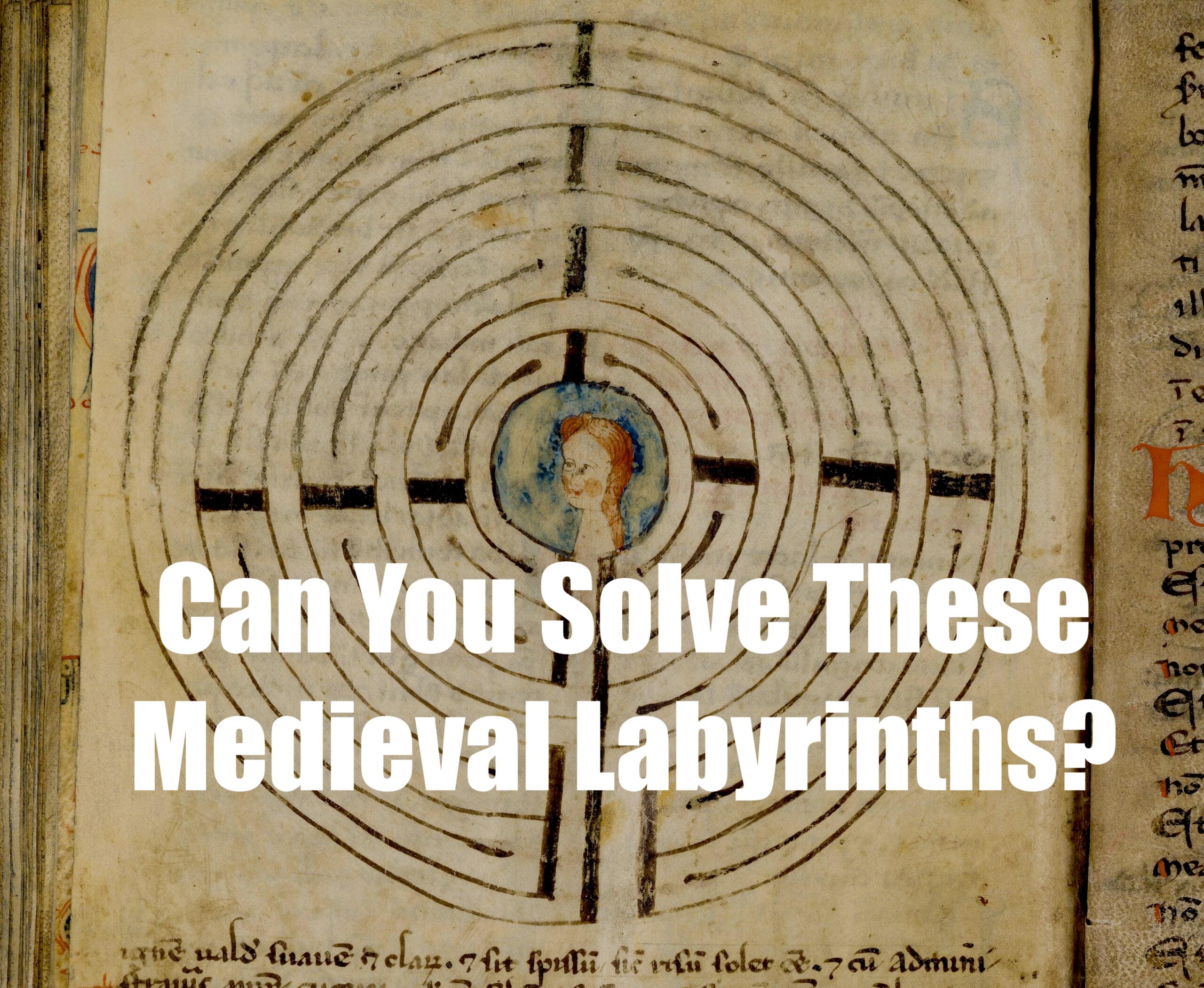
"The labyrinths found in medieval manuscripts reflect a range of ideas, from philosophical inquiry to representations of danger and confrontation, contrasting with modern interpretations."
"Recent scholarship has uncovered over 90 distinct manuscript labyrinths from medieval Europe, revealing their widespread use across various disciplines beyond just theology."
Medieval labyrinths were not only physical structures but also intricate designs found in manuscripts spanning from the 8th to the 16th centuries. Recent research has identified over 90 such labyrinths, with findings showing they were present in various texts, including philosophy, law, and literature, challenging the assumption that they were solely for liturgical use. Notably, these designs often convey a sense of confrontation rather than peace, contrasting with contemporary views. The examination of these manuscripts by scholars like Jill K. H. Geoffrion and Alain Pierre Louët has opened new avenues for understanding their significance in medieval culture.
Read at Medievalists.net
Unable to calculate read time
Collection
[
|
...
]